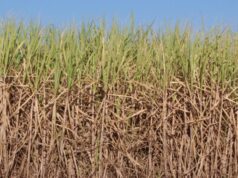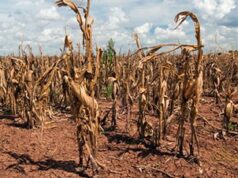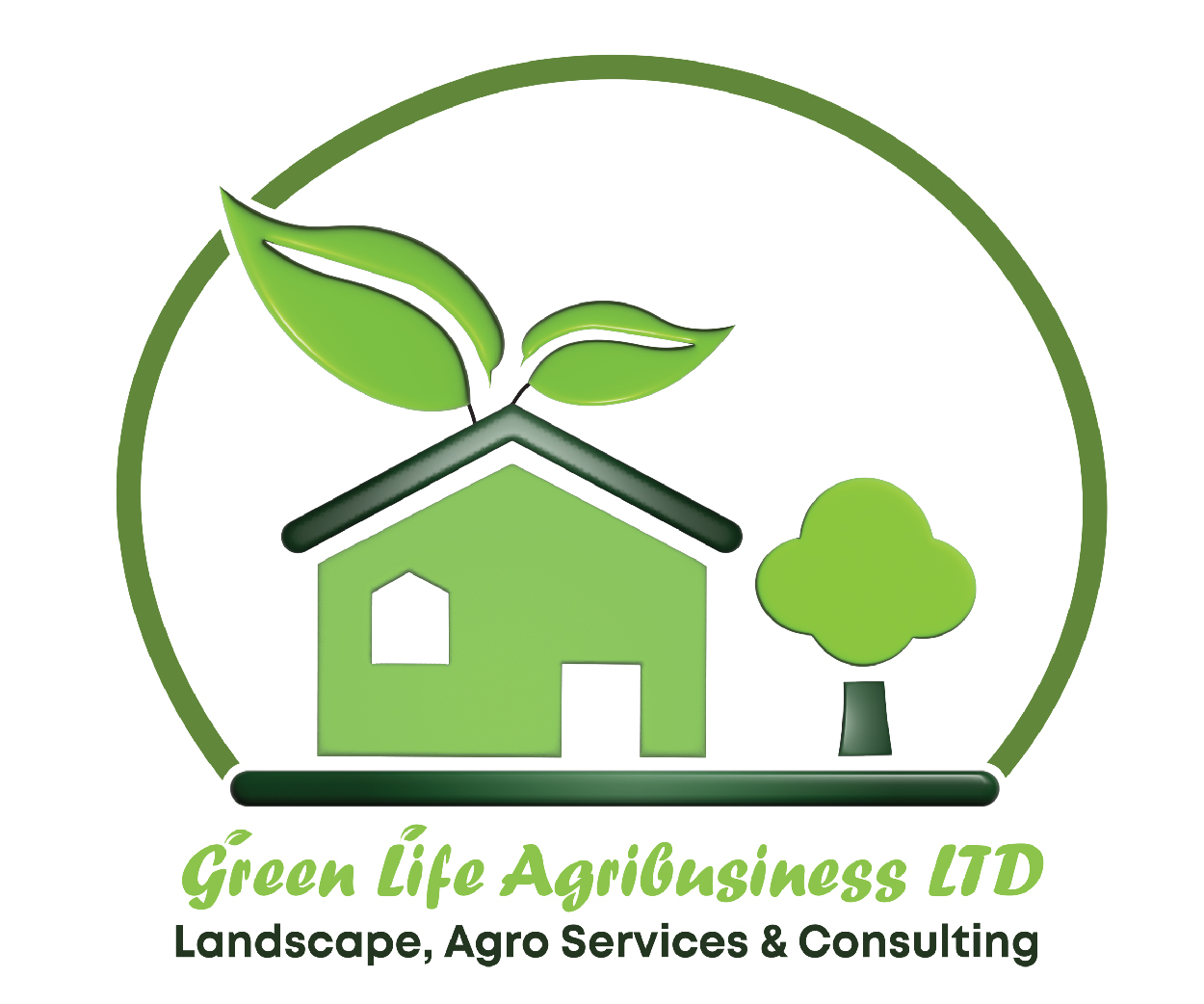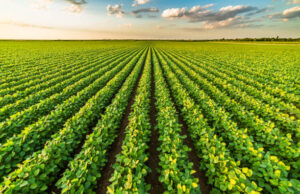Agriculture is an indispensable sector in Somalia as it contributes to the survival of the country’s population, contributes to national income and employment, supplies other sectors with raw materials and capital, has a direct and indirect impact on exports and imports, and contributes to biodiversity and ecological balance. This literature assessed the agricultural structure in Somalia. Farmers in Somalia face many challenges that affect their livelihoods such as drought, lack of agricultural extension services and information for farmers, lack of quality seeds and lack of proper irrigation systems.
The main material of the literature was obtained from secondary data sources, the researchers also collected information from literature and used all types of published research papers, statistics, books and journals related to agricultural structure in Somalia. The findings of the literature show that farmers are not producing enough crops for the country because they maintain their traditional practices due to lack of proper technical and support services from the government and other institutions.
Furthermore, the literature shows that there are challenges and constraints that have been negatively affecting the overall production for a long time. Various researches have since been conducted in different countries to address the challenges of crop production. Therefore, agricultural production is low. If these problems and challenges are not addressed in their true perspective, the Somali economy in general and the rural economy in particular cannot be sustainable.
For a detailed analysis, you can download the full article
How to Cite
Abdirizak Ali Abdullahi, and Hasan Arisoy, “Agricultural Structure in Somalia,” Eurasian Journal of Agricultural Economics, vol. 2, no.1, pp. 1–12, 2022.












